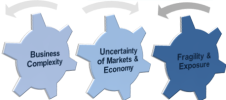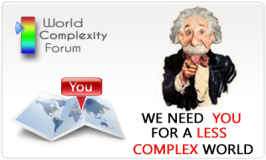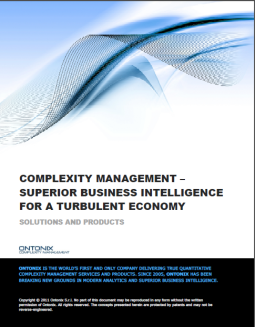Presentation: deeper understanding by thinking in systems
Friday, 30 September, 2011 Leave a comment
“Systems thinking” can help with the understanding of so much in our lives that, we either take for granted, or are content to leave in the “domain” of Academics, experts and specialists. I thought this an excellent presentation on the subject and one that may “whet the appetite” to learn more about the complexity of non-linear systems.
Business owners, finance and risk professionals who continue to think predominantly in terms of linear processes will only succeed in increasing uncertainty in the environments in which they operate…and beyond!
Why? Because it is much easier to stick with an engrained belief system (Mental Model), particularly one that is widely accepted, understood and applied than it is to question or challenge the norm. Contrarians are as welcome as whistleblowers in firms with something to hide!
What systems thinking illustrates is that, we need to reconsider much of what we know – or thought we knew – about “risk”. We don’t exist in a “Gaussian world” that fits neatly into a bell curve. The fact is that “outliers” in data cannot be discounted. Rare events do happen and their impact can be disproportionately large. Read more of this post
















